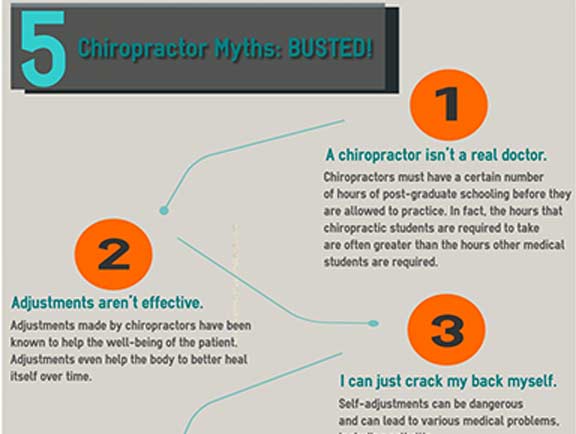Gain Understandings Into Efficient And Straightforward Techniques For Keeping Your Back In Optimal Condition
Gain Understandings Into Efficient And Straightforward Techniques For Keeping Your Back In Optimal Condition
Blog Article
Content Produce By-Williford Thaysen
Maintaining correct posture isn't just about staying up straight; it's about aligning your body in a way that sustains your spinal column and minimizes the threat of neck and back pain. The method you sit, stand, and move throughout the day can considerably impact your back health. However exactly how precisely can you guarantee great alignment regularly, even throughout active days filled with various tasks? Let's delve deeper right into the refined yet impactful modifications you can make to your day-to-day routine to maintain your back happy and healthy.
Relevance of Proper Stance
Correct position is important in maintaining a healthy and balanced back and avoiding discomfort. When you sit or stand with good position, your back is in placement, minimizing strain on your muscles, tendons, and joints. This alignment allows the body to distribute weight uniformly, protecting against too much tension on specific locations that can bring about pain and pain. By keeping your spine effectively lined up, you can likewise enhance your breathing and food digestion, as slouching can compress organs and limit their performance.
Moreover, preserving good posture can improve your total appearance and self-esteem. When you stand tall with your shoulders back and head held high, you show self-confidence and appear even more approachable. Excellent stance can also make you feel extra energized and sharp, as it promotes correct blood flow and permits your muscular tissues to function successfully.
Incorporating proper posture into your day-to-day regimen, whether sitting at a desk, walking, or exercising, is necessary for stopping pain in the back and advertising total health. Keep in mind, a small adjustment in just how you hold yourself can make a significant difference in how you really feel and function throughout the day.
Common Postural Mistakes
When it comes to keeping great position, many individuals unknowingly make common mistakes that can contribute to neck and back pain and pain. Among one of the most widespread mistakes is slumping over or hunching over while sitting or standing. This position places extreme strain on the spinal column and can cause muscle imbalances and pain over time.
One more usual mistake is overarching the reduced back, which can squash the all-natural contour of the back and create pain. Additionally, crossing legs while sitting may really feel comfy, however it can create an inequality in the hips and hips, bring about postural concerns.
Utilizing a cushion that's also soft or too solid while resting can likewise affect your positioning and contribute to pain in the back. Finally, constantly craning visit the site to take a look at screens or adjusting your placement often can stress the neck and shoulders. Bearing in mind these typical postural mistakes can aid you keep far better alignment and minimize the risk of pain in the back.
Tips for Correcting Positioning
To boost your placement and reduce pain in the back, it's necessary to focus on making small changes throughout your day-to-day routine. Start by being mindful of your posture. When sitting, ensure your feet are level on the flooring, your back is straight, and your shoulders are kicked back. why not try here slouching or leaning to one side. Use ergonomic chairs or paddings to support your reduced back.
When standing, distribute your weight uniformly on both feet, maintain your knees slightly bent, and tuck in your hips. Involve your core muscular tissues to sustain your spinal column. Take breaks to stretch and walk if you have a sedentary task. Integrate exercises that reinforce your core and back muscle mass, such as planks or bridges.
While resting, make use of a pillow that sustains the natural curve of your neck to preserve correct back positioning. Stay clear of sleeping on your stomach, as it can strain your neck and back. By being mindful of these pointers and making small adjustments, you can gradually correct your positioning and reduce back pain.
Conclusion
Keep in mind, maintaining excellent posture is vital to avoid back pain and promoting spine health and wellness. By bearing in mind your placement, dispersing weight evenly, and engaging your core muscle mass, you can reduce pressure on your back and lessen the threat of discomfort and injury. Incorporate ergonomic support, take regular breaks to stretch, and strengthen your core and back muscles to preserve appropriate placement throughout the day. Your back will certainly thank you for it!
